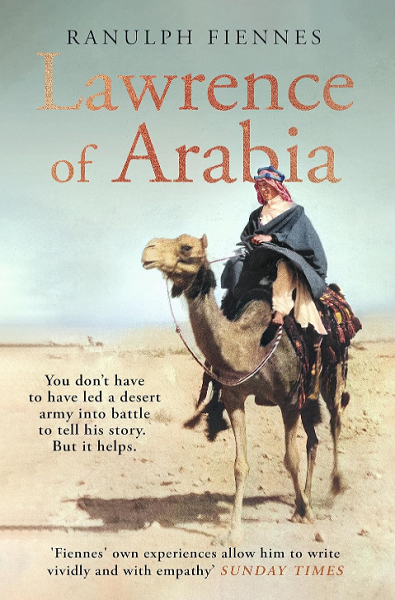
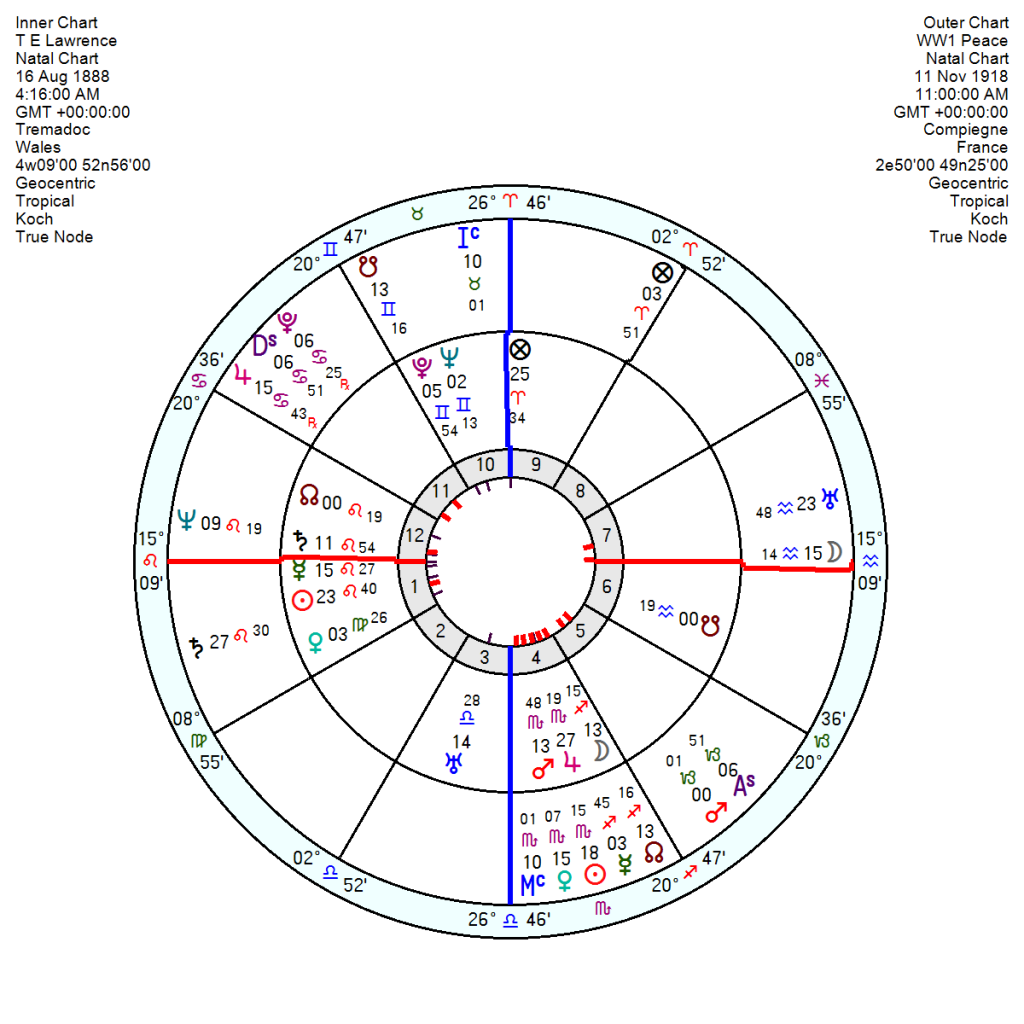
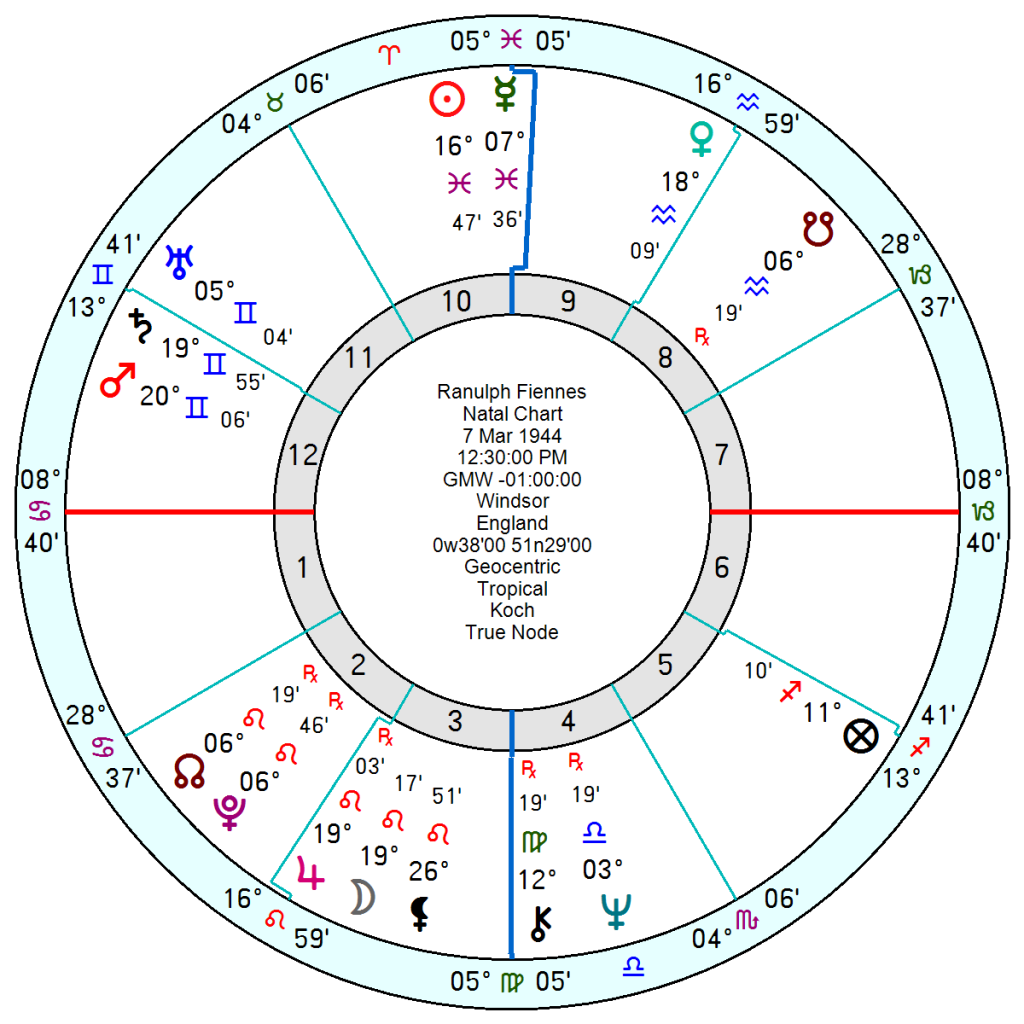
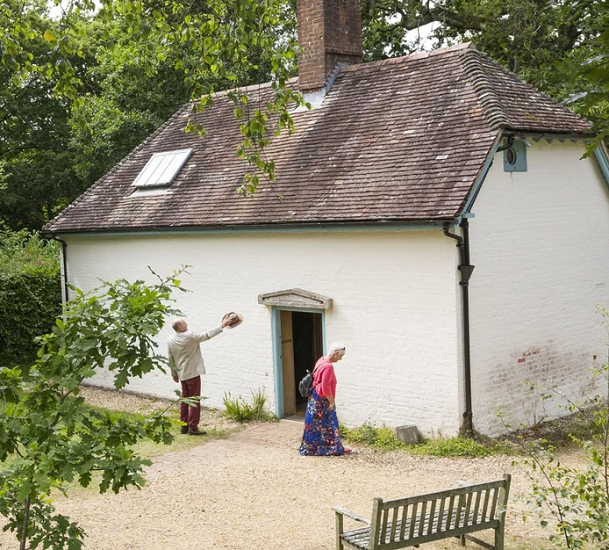
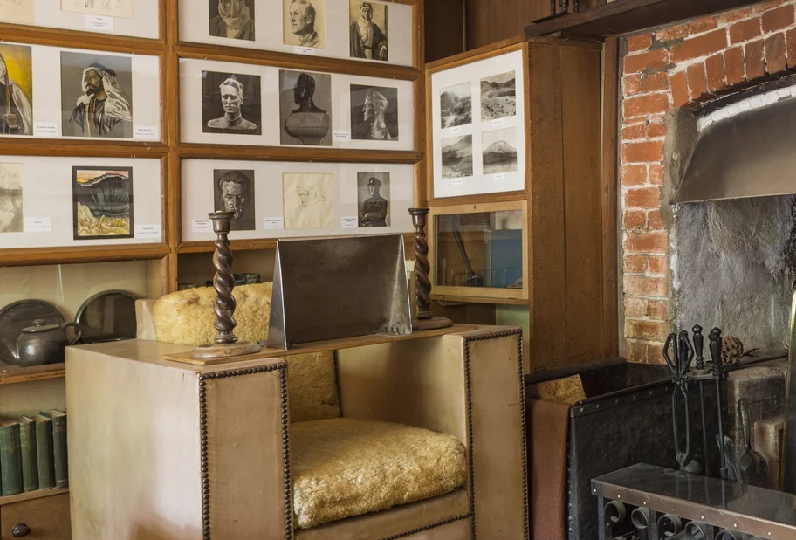
“All men dream: but not equally. Those who dream by night in the dusty recesses of their minds wake up in the day to find it was vanity, but the dreamers of the day are dangerous men, for they may act their dreams with open eyes, to make it possible.” T.E. Lawrence, Seven Pillars of Wisdom.
A timely new biography of T E Lawrence (of Arabia) comes from transglobe explorer Ranulph Fiennes who in his army days fought in Oman and shares Lawrence’s taste for devil-may-care adventure.
Lawrence led the Arab revolt against the Turks in the desert as part of the Allies’ World War One strategy to occupy the Ottoman empire and keep the Germans busy. By 1918 he was one of the most celebrated figures in all the Middle East and the Turks had put a price on his head of £15,000 (about £1.3 million today). Ultimately he was betrayed by the politicians, his dream of independence for the Arabs crushed as the Middle East was carved up into French, British and Russian spheres of influence after the war.
He was born 16 August 1888, maybe 4.16 am (rectified) in Wales, as one of five illegitimate children to a father who inherited a baronetcy. After Oxford he went travelling, became an archaeologist with an interest in the Middle East and on the outbreak of war was seconded into British intelligence headquartered in Cairo.
From unlikely beginnings he developed into one the greatest generals in history in history as he created a new form of hybrid warfare, with modern weapons operating alongside irregular forces. His strategies were followed in the Churchill’s guerrilla operations in World War II; the Viet Cong used his tactics during the Vietnam War and they were influential when the U.S. invaded Afghanistan in 2001 using a combination of air strikes and Arab tribesmen on the ground.
Late in the war he was captured, tortured, beaten and almost certainly raped by the Turks. A year later the war ended and with peace his vision for the Middle East was crushed. He returned home seeking anonymity, joined the RAF under an assumed name, and after his famous identity was exposed, moved to another army unit where he died aged 46 in a motorcycle accident.
His book Seven Pillars of Wisdom written after the way was praised by Churchill – “It ranks with the greatest books ever written in the English language. As a narrative of war and adventure it is unsurpassable.”
Lawrence had a Sun in Leo square Jupiter in Scorpio, with Mercury Saturn also in Leo square Mars in Scorpio – flamboyant and attention-seeking, confident, keen to be taken as a person of importance, used to hardship, utterly determined. His Venus in Virgo and possibly Sagittarius Moon were in hard aspect to Neptune Pluto in Gemini, which was the signature conjunction of the era. Emotionally overwrought – passionate, idealistic and unrealistic, a visionary.
When World War 1 ended and his dreams for the Middle East died, tr Uranus in Aquarius was opposition his Leo Sun with tr Saturn conjunct his Sun for a rupture with the past. Tr Saturn moved soon after to square his Neptune Pluto for an uncertain aftermath of anxiety, betrayal and coping with war trauma.
His global superstar 22nd harmonic is outstanding as is his leaving-a-legacy-for-history 17H.
Ranulph Fiennes, 7 March 1944 12.30 pm Windsor, England, like Lawrence has his North Node in the leadership sign of Leo. Fiennes’ Moon Jupiter in Leo are also conjunct Lawrence’s Sun. Both have hard Mars Saturn aspects, suiting them for military life and hardship. Though Fiennes has an explorer’s Pisces sun.
The dedication to Seven Pillars of Wisdom:
I loved you, so I drew these tides of
Men into my hands
And wrote my will across the
Sky in stars
To earn you freedom, the seven
Pillared worthy house,
That your eyes might be
Shining for me
When I came
PICS: Cloud Hills in Dorset a woodsman’s cottage where he spent his final anonymous years after WW1. Now under National Trust care.

Thank you Marjorie. Certainly timely, as you write. I found The Seven Pillars of Wisdom on gutenberg.net.au – The opening two chapters are fascinating and thought provoking. They are a way in to an understanding the complex history of the whole region, its original diversity of peoples, and a reminder of the desert origins of three ‘world’ religions – Judaism, Christianity, and Islam.
It is a wonderful book – many years since I read it but it still resonates. And is a fascinating region and history.
Fascinating house called clouds hill now owned by NT – very much for a singular person
Fascinating life and haunting dedication. Thank you, Marjorie.